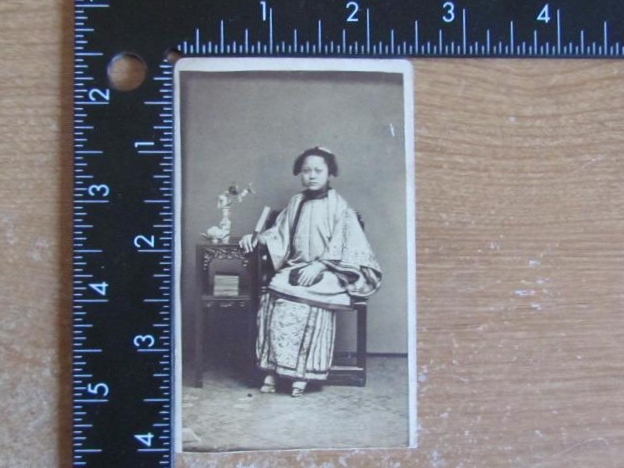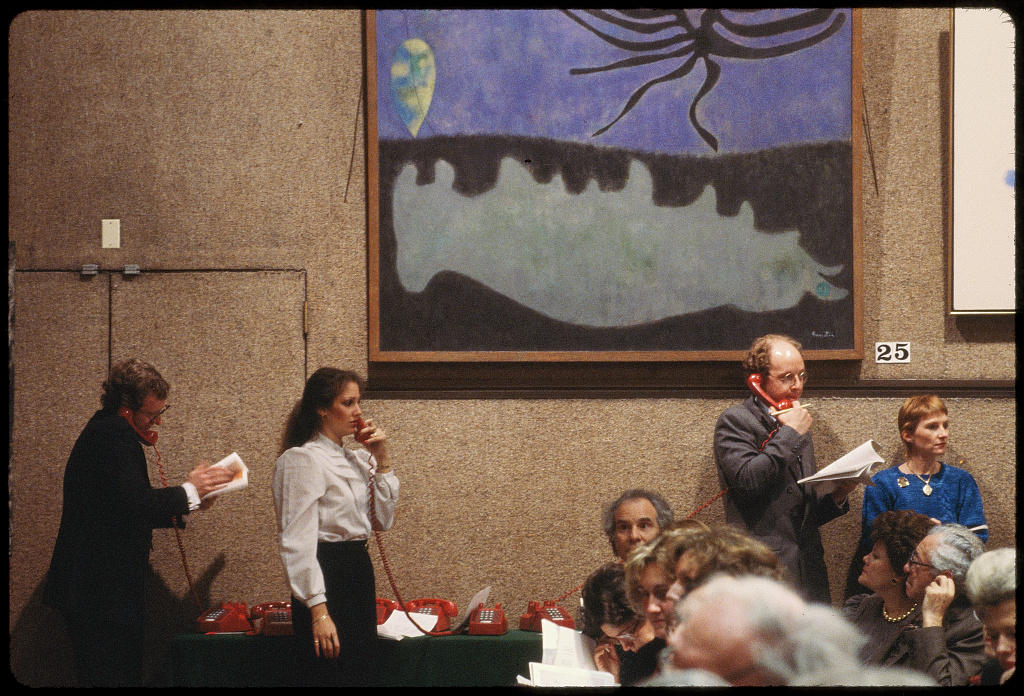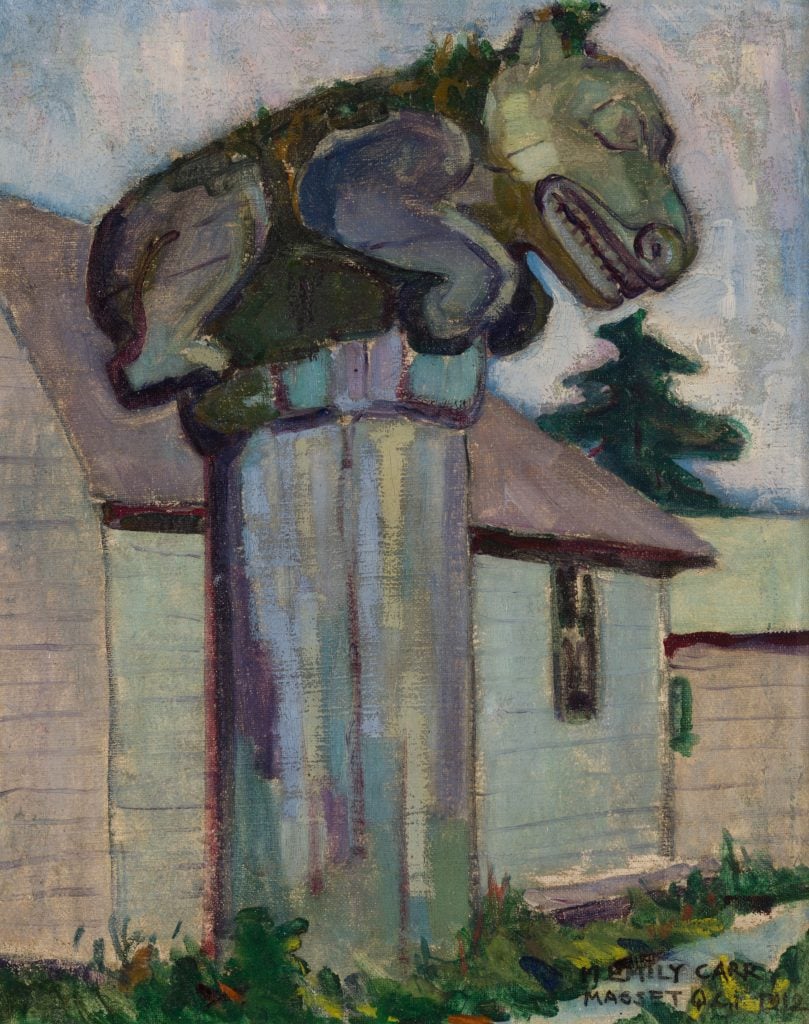
After you learn as much as you possibly can about an item you want to sell or consign, the next step is finding a prospective buyer or an auction house that will not just put your treasure on the block but get you a good price for it.
In order to advance to that stage, you need to
Take some really good photos!
The fastest, easiest and cheapest way to get a response from dealers or auctioneers is to send them pictures of the goods. If you don’t have a good digital camera—or if you are like me: really bad at taking photos—then get a friend to help you. If you are able to take high-res images, try to compress them so they’re easy to send by e-mail and you won’t shut down the recipient’s mailbox.
A dealer or consignee will want to know as much as possible about what you are offering. First and foremost, that means its condition: It’s not enough for you to describe something as “in great shape” or “only slightly soiled” or “with only minor wear,” especially if you’re a layman; you have to prove it. There is almost always a specific terminology used to describe each type of collectible—coins, baseball cards and comic books have very clearly defined grading systems—and good photos will do the talking for you. Meanwhile, I note that eBay listings with lousy photos don’t attract as much interest as similar listings in which the photos are crisp and clear. It’s not just that serious collectors are distrustful of muddy, unfocused images (the seller may be trying to hide or gloss over something); people respond better when an item is well presented.
With autographs, currency, ceramics, some vintage newspapers, furniture, artwork—virtually anything of value—authenticity is always in question. Be sure to take close-ups of signatures, seals, stamps and other hallmarks.
Take a bunch of photos—not just one or two—from different angles and distances and showing all the important details, both positive and negative. If there’s any damage, be sure to show it, because it will only mean problems later on if the purchaser or auctioneer receives it and is unpleasantly surprised.
Take the photos in a clean, well-lit place, but take care to avoid glare, especially if you use a flash. Try to do justice to the object’s colors—you don’t want nice, bright hues to look washed-out—and photograph it against a black or white backdrop, whichever will create better contrast. When size is a consideration (isn’t it always?), some people put a common object—a pencil or a coin, for example—next to the object for purposes of comparison. (Or just lay a ruler beside it. Duh.) For larger items, you can just measure it carefully and include the dimensions in your written description.
If your item is handwritten—a signed photo or letter, say—or is printed or has a maker’s mark, be sure to photograph it up close: With autographs, currency, ceramics, some vintage newspapers, furniture, artwork—virtually anything of value—authenticity is always in question. Be sure to take close-ups of signatures, seals, stamps and other hallmarks. Anyone who watches Antiques Roadshow knows that the collectibles market is rife with fakes, forgeries, and adulterated artifacts. Modern editions of antique Japanese ukiyo-e prints have been made using the original woodblocks—it usually takes an expert to spot the difference—and photographs are reprinted as well. Rock posters from the 1960s—which can fetch a lot of bread if they’re really ’60ssurvivors—are frequently pirated, and a premier dealer in boxing memorabilia (a professional authenticator himself) once told me he flat-out refused to trade in Muhammad Ali autograph material because more than 90 percent of what’s being hawked as hand-signed by The Greatest is in fact forged.
Take the photos in a clean, well-lit place, but take care to avoid glare, especially if you use a flash. Try to do justice to the object’s colors—you don’t want nice, bright hues to look washed-out—and photograph it against a black or white backdrop, whichever will create better contrast.
The work of famous furniture makers may be reproduced with or without the intent to deceive—but by the same token your old highboy need not have been made by John Townsend or Thomas Chippendale to be a highly desirable piece: I think one of the reasons people love Leigh and Leslie Keno, the identical twin appraisers on Antiques Roadshow, is their enthusiasm for any piece of great craftsmanship that has served generations of owners well and has been handed down in as close to its original state as possible.
Books, of course, can go through any number of editions, printings, impressions and states. Bibliographies and collector’s checklists can tell you how to identify a book’s state based on, say, a misspelling or piece of broken type on a particular page that was later corrected. If you have gotten that far in your research, be sure to photograph those fine points as well. In fact, with books, you should photograph both front and back covers and the spine; the same parts of the dust jacket (if present) as well as the flaps; any inscriptions and/or bookplates; the title page; the copyright page; and the frontispiece (the picture facing the title page) and several of the illustrations, if there are any. Even the tissue that used to be inserted over engravings to keep them from bleeding into the facing pages—they count too. All of these details will give an expert a clearer idea of what you have to offer.
Speaking of illustrations, consider the case of Mark Twain’s masterwork, The Adventures of Huckleberry Finn (1884), which Ernest Hemingway and many others have called the greatest novel ever written by an American. Some clown working at the printer’s added a little something to one of the illustrations—actually, he drew a small erection on the character of Silas Phelps—just before the book went to press.
if you still aren’t sure about your item, don’t commit to selling it to the first guy who shares a little of his expertise: if you have something truly unique and valuable, like a ticket on the Titanic, it’s still in his interest to relieve you of it at the lowest price possible.
There are various versions circulating of what happened next. I’ve read that the altered plate made its way into 3,000 copies of the prospectus for the book (i.e., the salesmen’s samples of the incomplete novel), of which some 250 copies got sent out—getting a rise, so to speak, from bookshop proprietors and their pals. The publisher issued a recall; the dirty plate was cut out of the returned copies and the other 2,750 prospectuses not yet sent out; and a new, cleaned-up plate was pasted in.
I’ve also read that 30,000 copies of the first edition were printed and bound with the illustration before anyone spotted the offending member. Talk about Victorian horror! After the alarum (to use the antiquated spelling) was raised and the machinery of book production screeched to a halt, and naughty Uncle Silas had to be cut out copy by copy and replaced with a revised illustration, delaying the book’s release.
Supposedly, no copies of the complete first edition of Huckleberry Finn survive with the picture of an exposed Uncle Silas—and may never have been produced—while one copy of the prospectus is known to exist. (For this reason, the first of the two versions above seems more likely, as any number of people would have seized the chance to pocket one or more unexpurgated copies of the first edition from such a large print run.) Needless to say, if you happen to have either a prospectus or a true first edition of The Adventures of Huckleberry Finn in your home library with Uncle Silas in all his glory (small as it was), you are well on your way to owning that Lamborghini you’ve been fantasizing about.
I tell you all this just to give an indication of all the tweaking, cutting, correcting and adjusting that go into preparing for and actually making a bound book: the example of Huckleberry Finn happens to be an off-color one. Knowing something about these distinctions will help you better understand what edition you have as well as its uniqueness and value.
Of course, if you still aren’t sure about your item, photos will help a knowledgeable person identify it. However, as I indicated in part one of this series, don’t commit to selling your item to the first guy who shares a little of his expertise: if you have something truly unique and valuable, like a ticket on the Titanic, it’s still in his interest to relieve you of it at the lowest price possible. An auction house, at least, has a vested interest in getting you top dollar for your collectible if you will consign it to them.





